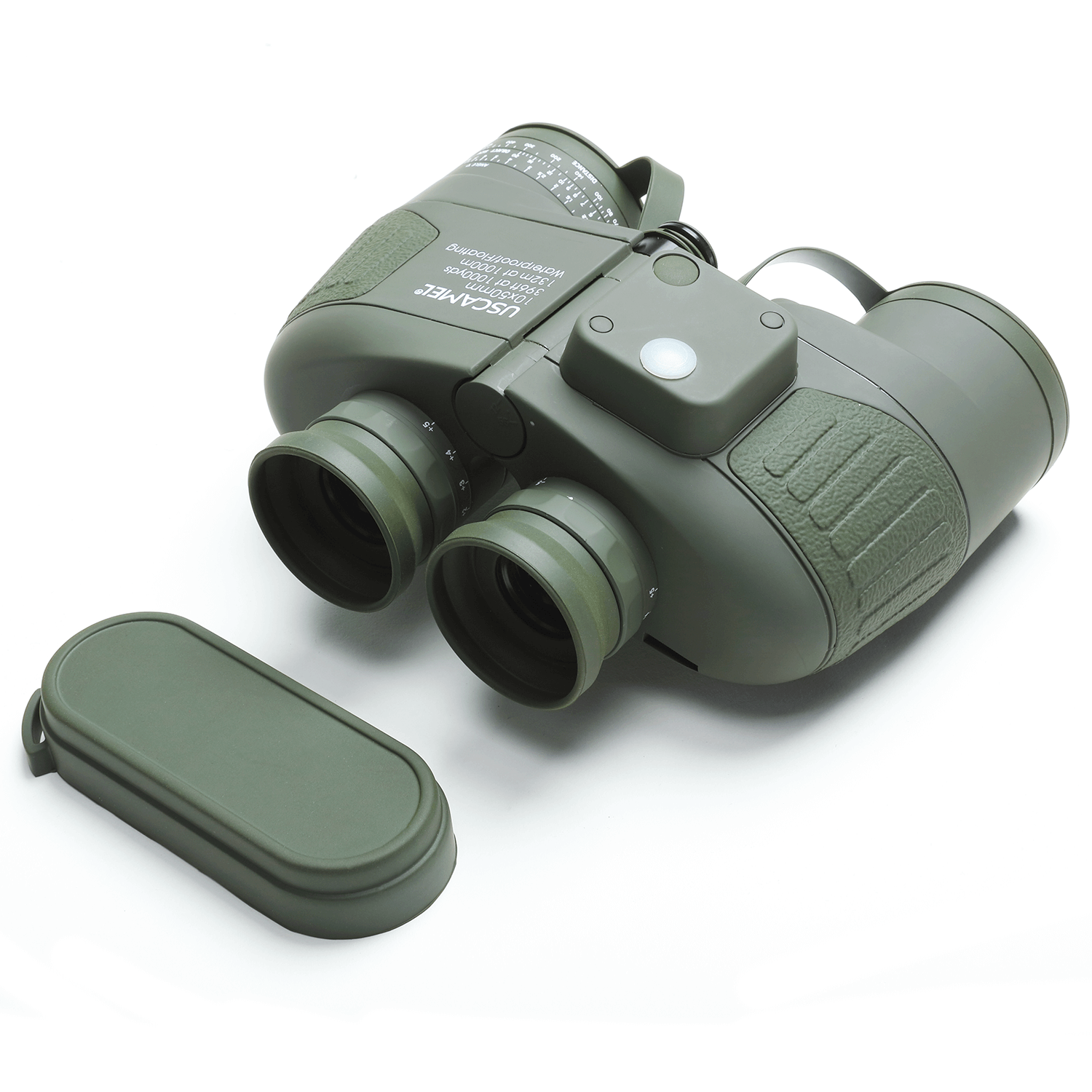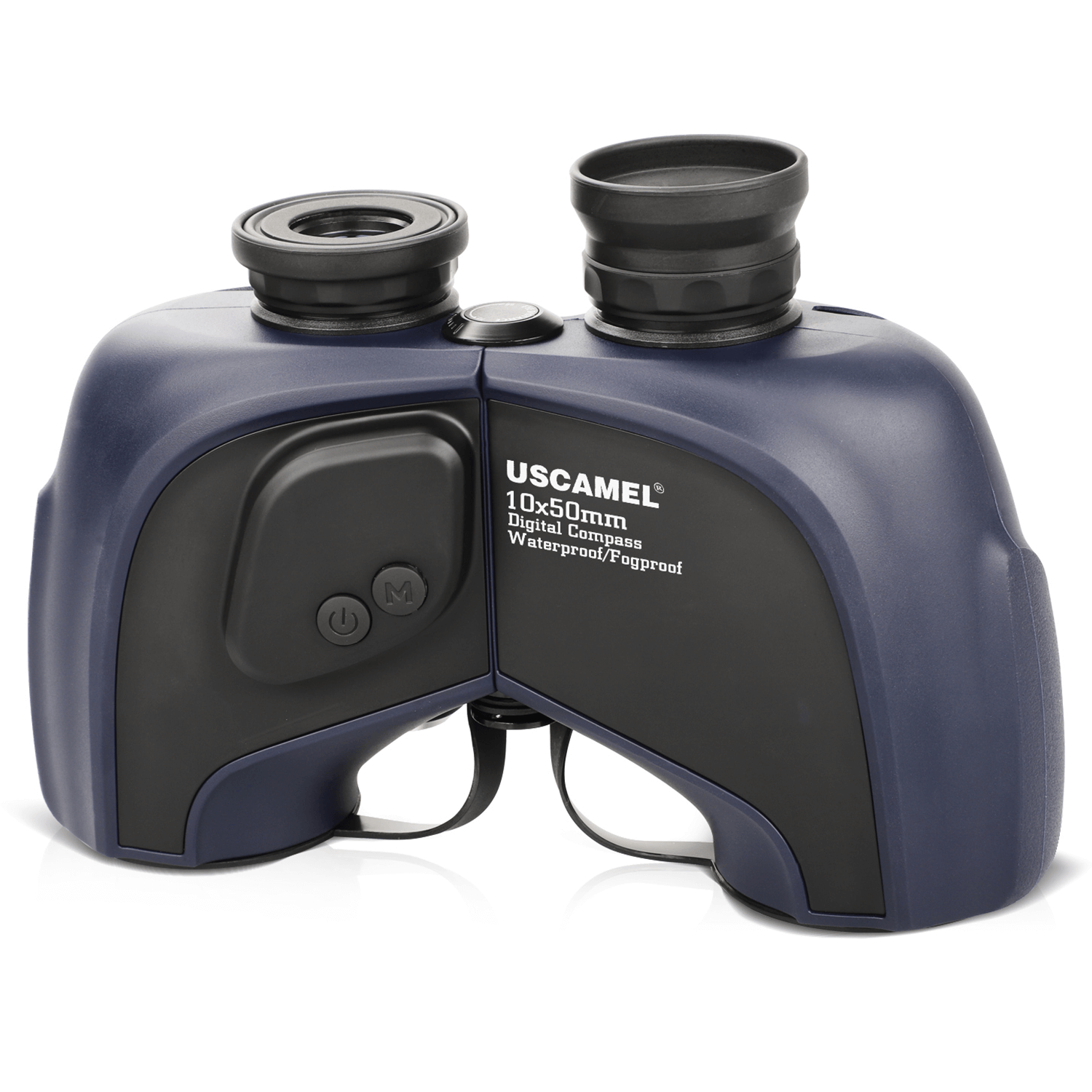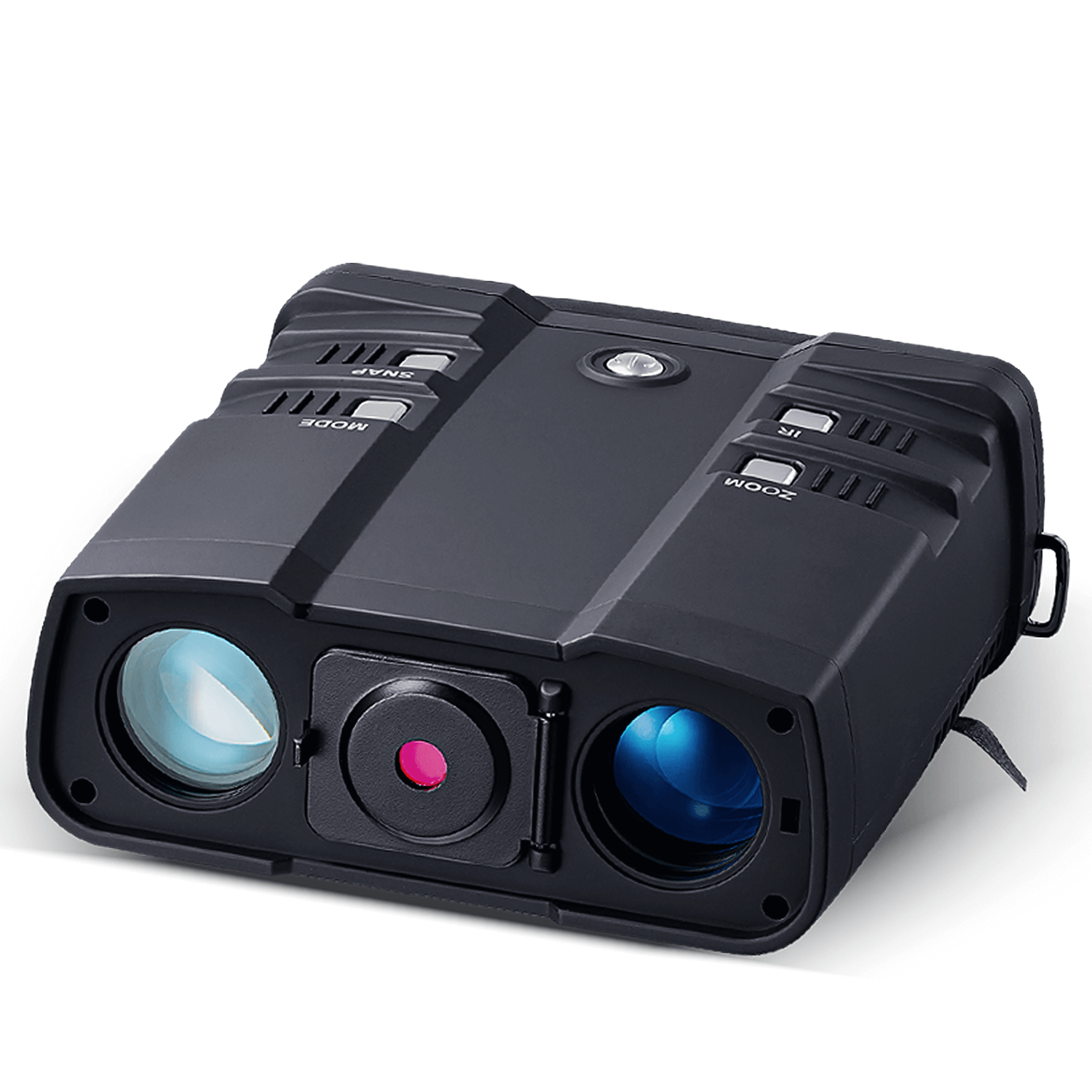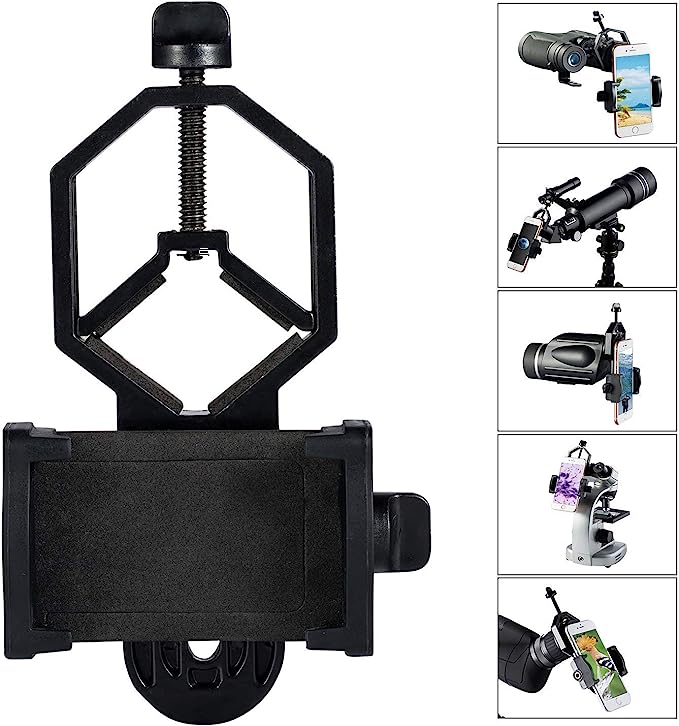Understanding eyepieces
Eyepieces, like audio equipment, should accurately reproduce the source with slight variations in personal perception. Quality of workmanship and cost play a role in the choice of eyepieces, as the best ones have polished and coated lenses made from expensive glass. Weight and field of view should also be considered, with heavier eyepieces requiring larger telescopes and the true field of view changing depending on the telescope. High-quality eyepieces offer high-contrast and sharp images. Upgrading the telescope does not require replacing the eyepieces.
When it comes to eyepieces, there is also a trade-off between magnification and field of view. Eyepieces that offer higher magnification typically have a narrower field of view. So, if you want to observe larger areas of the sky, you'll want to choose eyepieces with a wider field of view.
Keep in mind that the focal length of your telescope affects the magnification you can achieve with each eyepiece. You can calculate the magnification of an eyepiece by dividing the focal length of the telescope by the focal length of the eyepiece. For example, a 25mm eyepiece used with a telescope with a focal length of 1000mm will give a magnification of 40x.
Overall, investing in high-quality eyepieces can greatly enhance your observing experience, allowing you to see sharper, clearer images with greater contrast. But it's important to choose eyepieces that are appropriate for your telescope and observing goals.
Barlow lenses
To increase eyepiece magnification, you can use a Barlow lens, which fits between the telescope's focuser and the eyepiece. Barlows come in different magnifications, from 2x to 3x. By using a 2x Barlow with an 18mm eyepiece that gives a magnification of 100x, for example, you can increase the magnification to 200x. Older Barlows used single lenses that reduced image quality, but modern Barlows use high-quality coated lenses that transmit most of the light. A Barlow can effectively double the number of eyepieces in your set, as it provides multiple magnification options, such as 50x, 62x, 166x, and 222x, when combined with your existing eyepieces.
Additionally, a Barlow lens can also improve eye relief, which is the distance between your eye and the eyepiece. This can be particularly helpful for eyeglass wearers, who may need a bit more space between their eye and the eyepiece to see the entire field of view.
However, there are some drawbacks to using a Barlow lens. The increased magnification can make the image appear dimmer and reduce the field of view, which is the amount of sky you see when you look through the eyepiece. Also, a Barlow lens will increase the length of the optical path, which can cause issues with some types of telescopes, such as those with short focal lengths.




